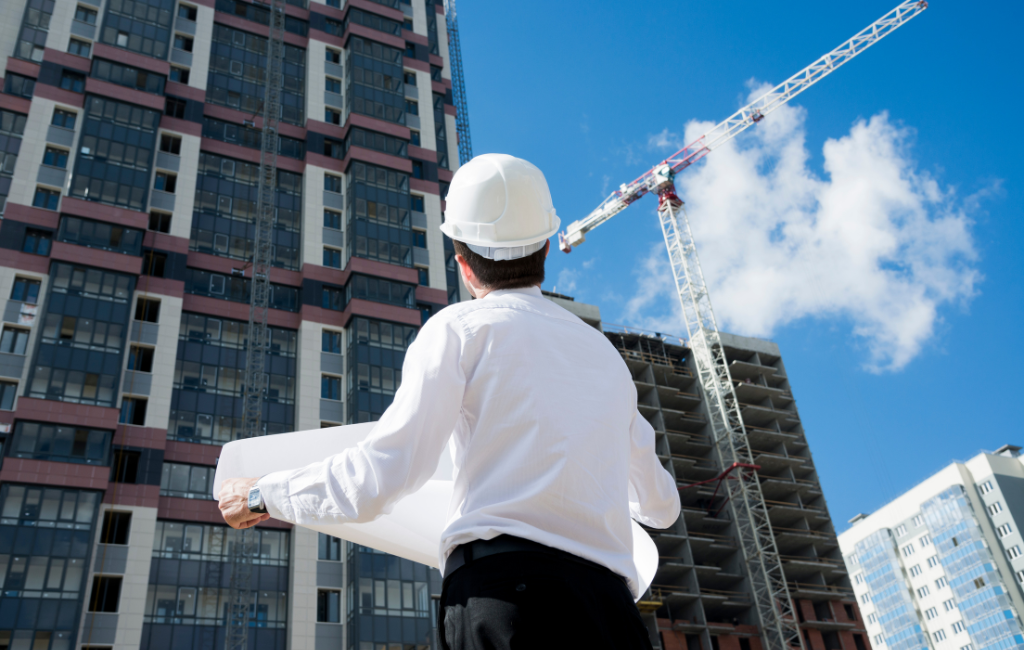Architect Innovations for Modern Living
In the ever-evolving field of architecture, the quest for innovative solutions to meet the demands of modern living is relentless. As urban populations grow and environmental concerns mount, architects are tasked with creating spaces that are not only functional but also sustainable and aesthetically pleasing. This article explores some of the groundbreaking innovations in architecture that are shaping the way we live today.
Smart Homes: The Intersection of Technology and Design
The integration of technology into residential spaces has revolutionized the concept of the modern home. Smart homes, equipped with interconnected devices, offer convenience, efficiency, and enhanced security. These homes are designed to adapt to the needs of their inhabitants, providing a seamless living experience.
- Automated lighting and climate control systems that adjust based on occupancy and time of day.
- Voice-activated assistants that manage household tasks and provide information.
- Security systems with real-time monitoring and alerts.
One notable example is the “House of the Future” in Tokyo, which incorporates AI-driven systems to optimize energy use and enhance comfort. This project demonstrates how technology can be harnessed to create sustainable living environments.
Sustainable Architecture: Building for a Greener Future
As environmental awareness grows, sustainable architecture has become a focal point in modern design. Architects are increasingly prioritizing eco-friendly materials and energy-efficient systems to reduce the carbon footprint of buildings.
- Use of recycled and locally sourced materials to minimize environmental impact.
- Incorporation of green roofs and walls to improve air quality and insulation.
- Implementation of solar panels and wind turbines for renewable energy generation.
The Bosco Verticale in Milan is a prime example of sustainable architecture. These residential towers are adorned with over 20,000 trees and plants, providing a natural habitat for wildlife and improving air quality in the city.
Adaptive Reuse: Breathing New Life into Old Structures
Adaptive reuse involves repurposing existing buildings for new functions, preserving historical architecture while meeting contemporary needs. This approach not only conserves resources but also maintains cultural heritage.
- Conversion of industrial warehouses into trendy loft apartments.
- Transformation of historic churches into community centers or event spaces.
- Renovation of old factories into modern office spaces.
The Tate Modern in London, once a power station, now serves as a world-renowned art gallery. This project highlights the potential of adaptive reuse to revitalize urban areas and create vibrant cultural hubs.
Biophilic Design: Connecting Humans with Nature
Biophilic design emphasizes the connection between humans and nature, incorporating natural elements into built environments to enhance well-being and productivity. This approach is gaining traction in both residential and commercial architecture.
- Inclusion of natural light and ventilation to improve indoor air quality.
- Use of natural materials such as wood and stone to create a calming atmosphere.
- Integration of indoor gardens and water features to promote relaxation.
The Amazon Spheres in Seattle exemplify biophilic design, featuring lush plant life and open spaces that foster creativity and collaboration among employees.
Modular Construction: Efficiency and Flexibility
Modular construction involves assembling buildings from pre-fabricated sections, offering a cost-effective and time-efficient alternative to traditional construction methods. This approach allows for greater flexibility in design and can be adapted to various settings.
- Rapid assembly and reduced construction time.
- Lower labor costs and minimized waste.
- Ability to easily expand or modify structures as needed.
The B2 Tower in Brooklyn, New York, is a testament to the potential of modular construction. As the tallest modular building in the world, it showcases the scalability and versatility of this innovative approach.
Conclusion
Architectural innovations are transforming the way we live, work, and interact with our environments. From smart homes and sustainable design to adaptive reuse and biophilic principles, these advancements are paving the way for a more efficient, eco-friendly, and harmonious future. As architects continue to push the boundaries of creativity and technology, the possibilities for modern living are limitless.
